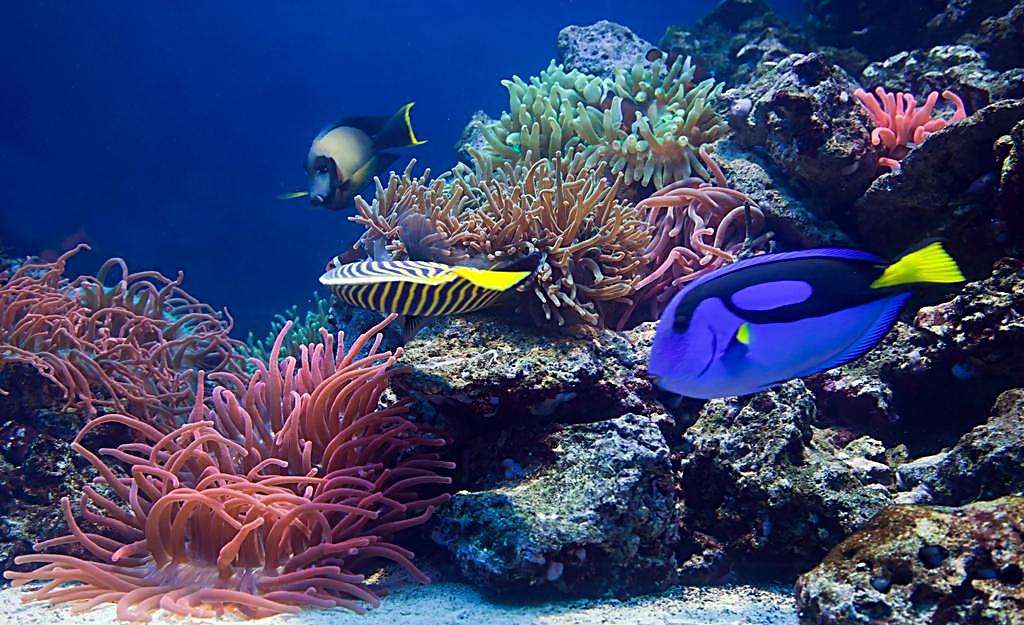According to one estimate, there could be as many as thirty million species of animals living in the sea, most still undiscovered. The first hint of how abundant life is in the deep seas didn't come until as recently as the 1960s with the invention of the epibenthic sled, a dredging device that captures organisms not just on and near the seafloor but also buried in the sediments beneath. In a single one-hour trawl along the continental shelf, at a depth of just under a mile, Woods Hole oceanographers Howard Sandler and Robert Hessler netted over 25,000 creatures—worms, starfish, sea cucumbers, and the like—representing 365 species.

Even at a depth of three miles, they found some 3,700 creatures representing almost 200 species of organism. But the dredge could only capture things that were too slow or stupid to get out of the way. In the late 1960s a marine biologist named John Isaacs got the idea to lower a camera with bait attached to it, and found still more, in particular dense swarms of writhing hagfish, a primitive eel-like creature, as well as darting shoals of grenadier fish. Where a good food source is suddenly available—for instance, when a whale dies and sinks to the bottom—as many as 390 species of marine creature have been found dining off it. Interestingly, many of these creatures were found to have come from vents up to a thousand miles distant. These included such types as mussels and clams, which are hardly known as great travelers.












